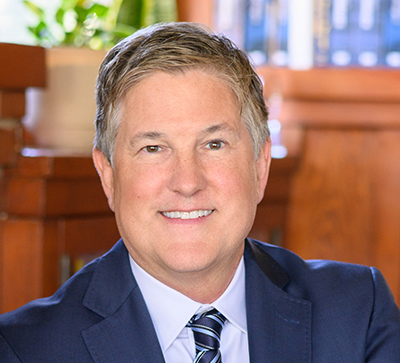articles
Apportioning Copyright Damages: The Case of 'Blurred Lines'
By: Doug Bania
Tel: San Diego 858-255-4361 Los Angeles 310-975-3145
Email Mr. Bania
View Profile on Experts.com.
Most of the existing literature on copyright infringement is concerned with the valuation of intellectual property rather than the apportionment of the value that is directly attributable to the intellectual property asset at issue. Further, few of the currently proposed IP valuation methods and little of the literature addressing the determination of damages appears directly applicable to the case of copyright in the context of artistic productions. Within the creative arts, recorded music offers a particularly complex and interesting case within which to explore this issue, as different portions of the relevant copyright to the recorded song may be held by different persons. The apportionment of potential damages therefore requires two steps or determinations. The first takes place in what we might refer to as the work's legal or intellectual property context: how current copyright law divides up the copyright to that work and which part or parts of the copyright are relevant to charges of infringement. The second takes place within the work's economic or non-intellectual property context: how various factors contribute to that work's financial value.
To demonstrate the multiple factors involved in the process of making these determinations, this article examines the case of the recent highly publicized charges of copyright infringement made against the creators of the hit song 'Blurred Lines', Pharrell Williams, Robin Thicke and Clifford Harris, Jr, by the estate of the late Marvin Gaye, Jr. This analysis is based on an expert report on the allocation of potential damages conducted by our consulting firm at the behest of the law firm representing the creators of 'Blurred Lines'. We were asked not to determine whether any copyright infringement actually occurred, but rather to calculate what percentage of the earnings of the song would be attributable to such infringement if it were found to have indeed taken place. Following a brief description of the history of and parties in this case, the article discusses the methods used to apportion the value of the copyrighted intellectual property within a legal and economic context.
'Blurred Lines' and the alleged infringement
The case for which this report was prepared was a lawsuit by the three artists who created the song against publicized charges by Frankie Christian Gaye, Nona Marvisa Gaye and Marvin Gaye, III, alleging that 'Blurred Lines' so closely resembled certain musical elements of Marvin Gaye's 1977 'Got to Give it Up' as to be liable for copyright infringement.1 In their complaint, the creators of 'Blurred Lines' stated that they had the utmost respect for Marvin Gaye and argued that, by alleging that their work had the same feel or sound as the earlier song, the Gaye family was trying to claim ownership of an entire genre rather than a specific work (although a trial jury subsequently found the artists liable for copyright infringement, the judge later reduced the awarded damages and the case is expected to be appealed.)
The parties
Doug Bania (CLP, MA) is a principal of Nevium, an intellectual property consulting firm, and member of the American Bar Association. He has more than a dozen years' experience in analysing and valuing intellectual properties and intangible assets, including song royalties, trade marks, publicity rights, internet assets, and copyrights in a variety of contexts.
©Copyright - All Rights Reserved
DO NOT REPRODUCE WITHOUT WRITTEN PERMISSION BY AUTHOR.


